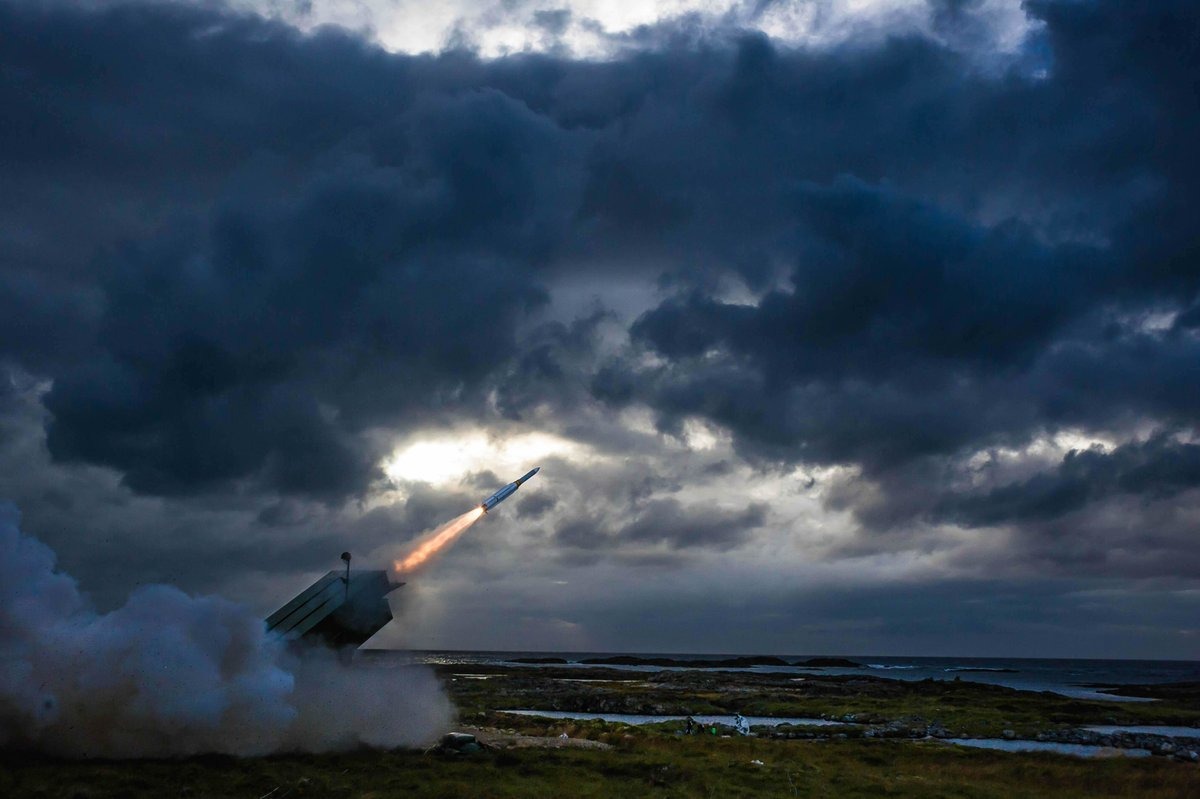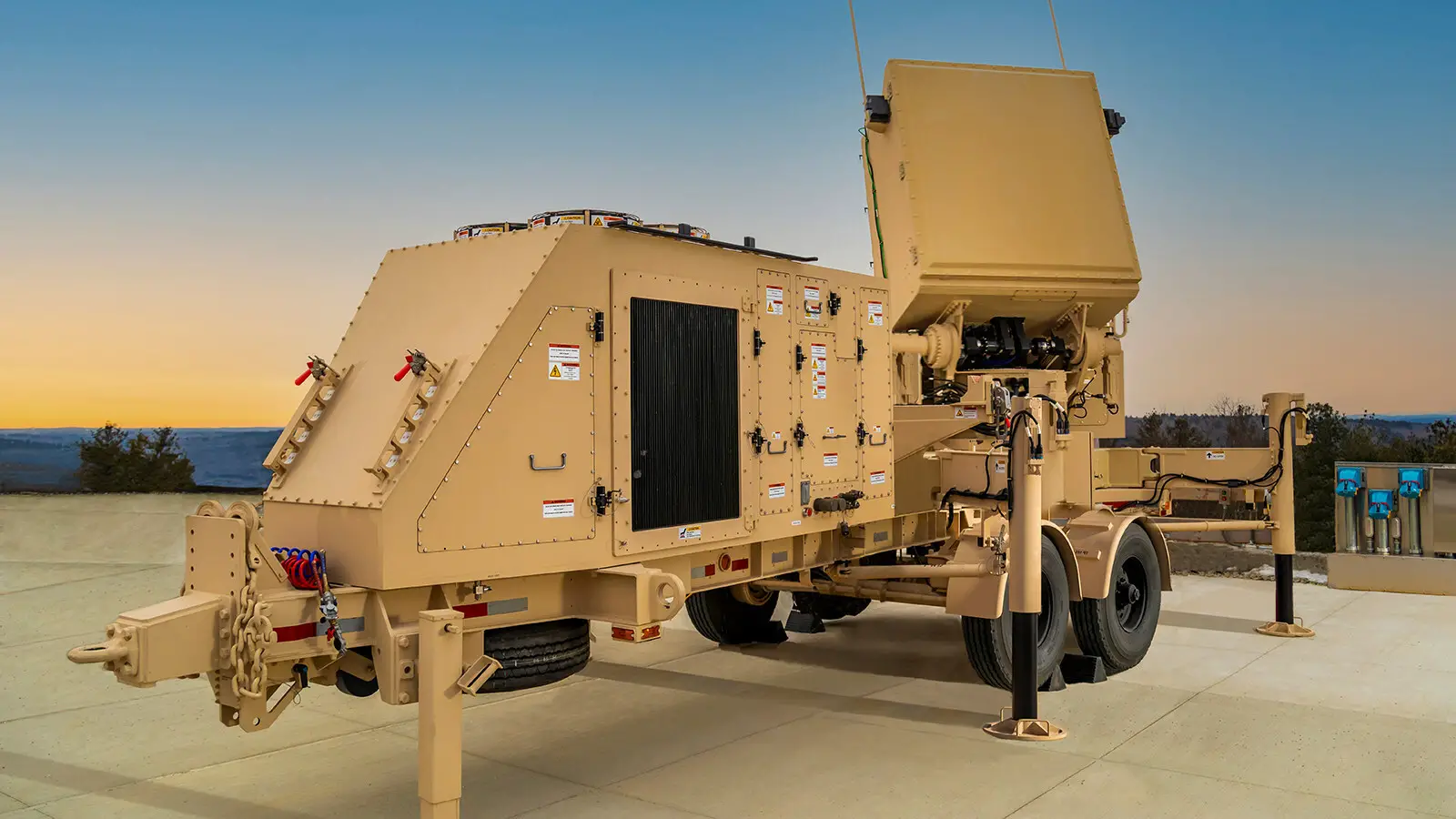Kongsberg Upgrades NASAMS for Enhanced Defense Against Ballistic Missiles
22 April, 2024 Illustrative photo of the NASAMS air defense missile launch. Photo from open sources The Norwegian company Kongsberg is working on modernizing the NASAMS anti-aircraft system.
This effort aims to include the capability to intercept ballistic missiles, according to sources within Kongsberg as cited by Norwegian media outlet Teknisk Ukeblad. The reports suggest that this modernization effort aims to equip the NASAMS system with the ability to intercept ballistic targets. This could potentially address a need for long-range missile defense systems in Norway, where such systems are currently lacking.
Possible ways to upgrade NASAMS
Currently, the most advanced versions of NASAMS can only intercept aerodynamic targets: aircraft, helicopters and cruise missiles.
These parameters are determined by the capabilities of the missiles in the ammunition and integrated into the radar complex. To intercept high-speed objects moving along the ballistic trajectory, the system lacks parameters of the maximum interception altitude and speed of an anti-aircraft guided missile. The situation may change with the introduction of a new AMRAAM-ER anti-aircraft missile as part of the modular SAM, the tests of which, as part of NASAMS, were completed in February 2024.
The new interceptor is a development of the AIM-120C-8 missile. It received a state-of-art guidance system with an active radar seeker, as well as a significantly more powerful 10-inch rocket motor. Due to innovations, the missile received a higher speed and radius of defeat, which, as part of the ground system, increased from 20 to 40 km compared to AIM-120 missiles.
 AMRAAM-ER missile launch from the Norwegian NASAMS SAM.
AMRAAM-ER missile launch from the Norwegian NASAMS SAM.
Photo from open sources
The GhostEye MR medium-range radar system was successfully integrated into the system. It is capable of detecting air targets such as cruise missiles, aircraft, and helicopters, as well as ballistic missiles. Radar uses technology used in the creation of the LTAMDS missile defense system, which is now manufactured for the U.S.
Army. The radar is equipped with a 360-degree rotating radar antenna with an S-band active phased array antenna with electronic scanning based on gallium nitride (GaN) transmission modules. The exact characteristics of the detection of aerial targets by this radar are currently unknown.
However, according to the project participants, it should significantly expand the range and height of the NASAMS action, replacing the current AN/MPQ-64 Sentinel radar. The latter is able to detect targets at a distance of up to 40 km and at an altitude of up to 12 km (with an effective detection altitude of 3 km).
 GhostEye MR radar.
GhostEye MR radar.
Photo credits: Raytheon
However, even with such improvements, the missile capabilities of the system will be limited due to the weak power of the warhead of missiles, which will not be able to cause critical damage to missiles of the Iskander type. It is also worth noting that since November 2023, Kongsberg has been cooperating with the American RTX to improve the NASAMS anti-aircraft missile system. While few details have been revealed, Kongsberg notes that the upgrade focuses on NASAMS 'operational flexibility.
In particular, the new version of the anti-aircraft system will be mobile.